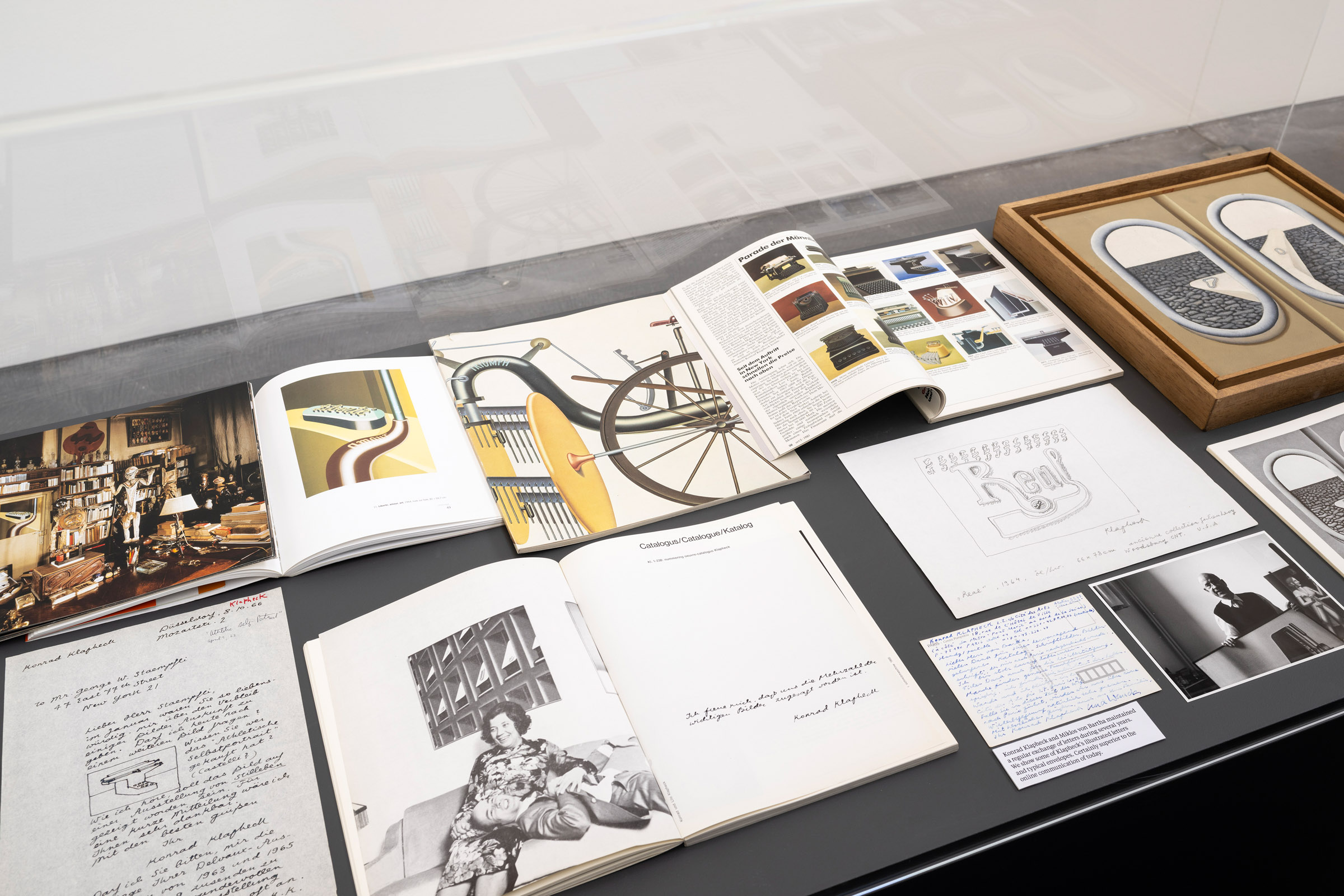Sculpting with light and matter
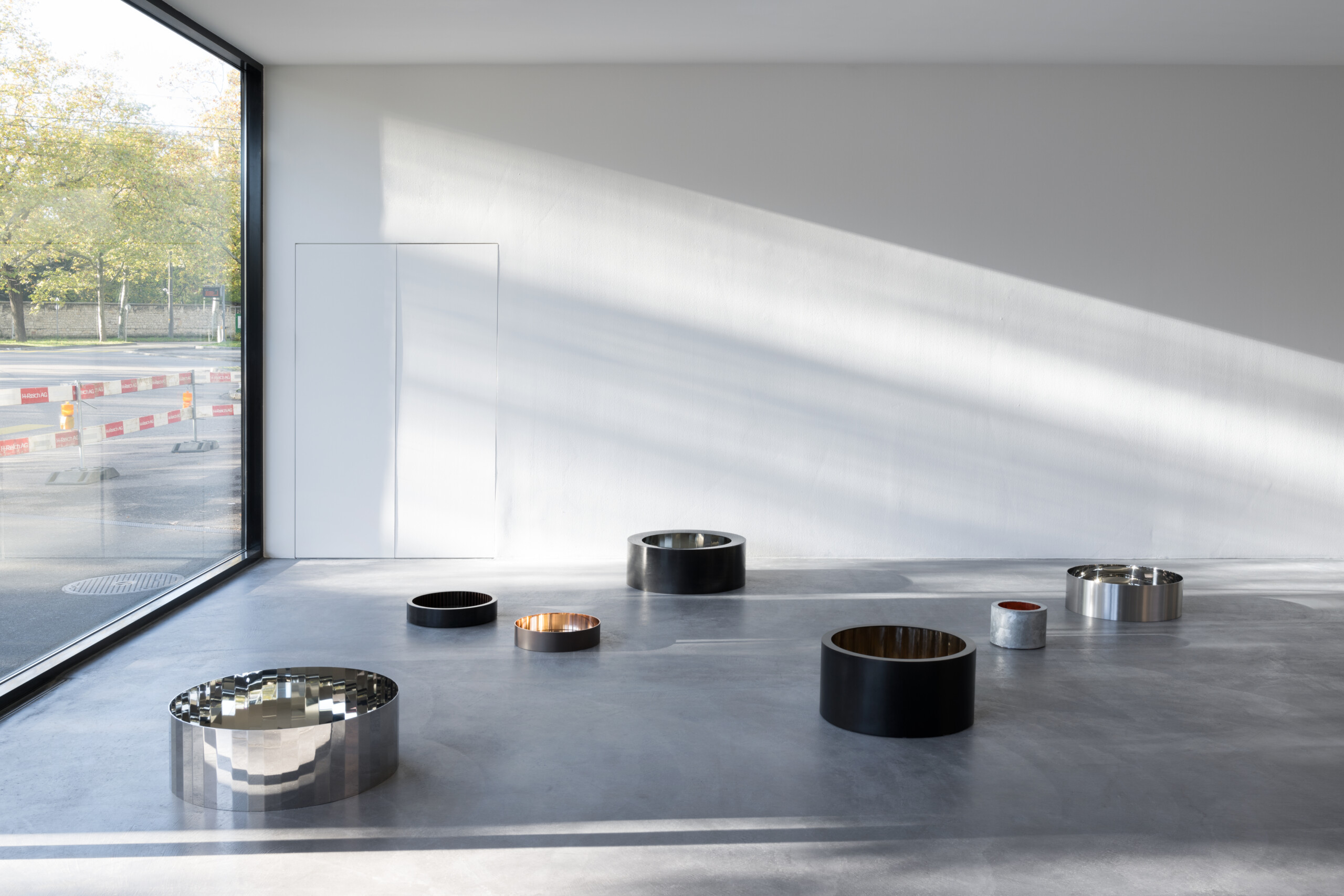
"It is a fascination with materials, and in particular their creative combination, that have been Dickinson’s hallmarks."
Shane Enright is a London-based lifelong trade unionist and human rights campaigner. He has been writing on crafts, arts, and contemporary culture for four decades.
05.01.2023
I have been following Anna Dickinson’s prodigious and unique talents for some two decades now. At times it has been hard to keep track. Though she lives and works in South London, her work is most readily seen at her periodic outings with her gallery, von Bartha in Basel Switzerland, and at their occasional showcases at prestigious fairs such as TEFAF in Maastricht, or Art Basel. It was however in the early noughties, when they brought her to London’s Collect art fair that I first learnt of and was captivated by her work.
One piece hit me profoundly during my first encounter two decades ago. It drew my breath away. It was simple and beguiling; a clear spherical blown glass vessel whose upper and lower thirds had been deeply carved into a gentle opacity, but whose high relief central band had been meticulously square faceted, each carved with concave roundels. Looking through these limpid lenses, I was taken to a Kaleidoscope of reflection and light and the movement contained both within and beyond its volume. Searching for some anchor, I was transported to Tacita Dean’s 1996 pensive wide-angle film Disappearance at Sea, that captures the slowly rotating lenses of St Abbs lighthouse at dusk. This is Echo I from 2004. Though this object is still, calm, present, there is nevertheless a sense of perpetual motion as figures and light move around it and through it in ways that are choreographed by the material and the maker.
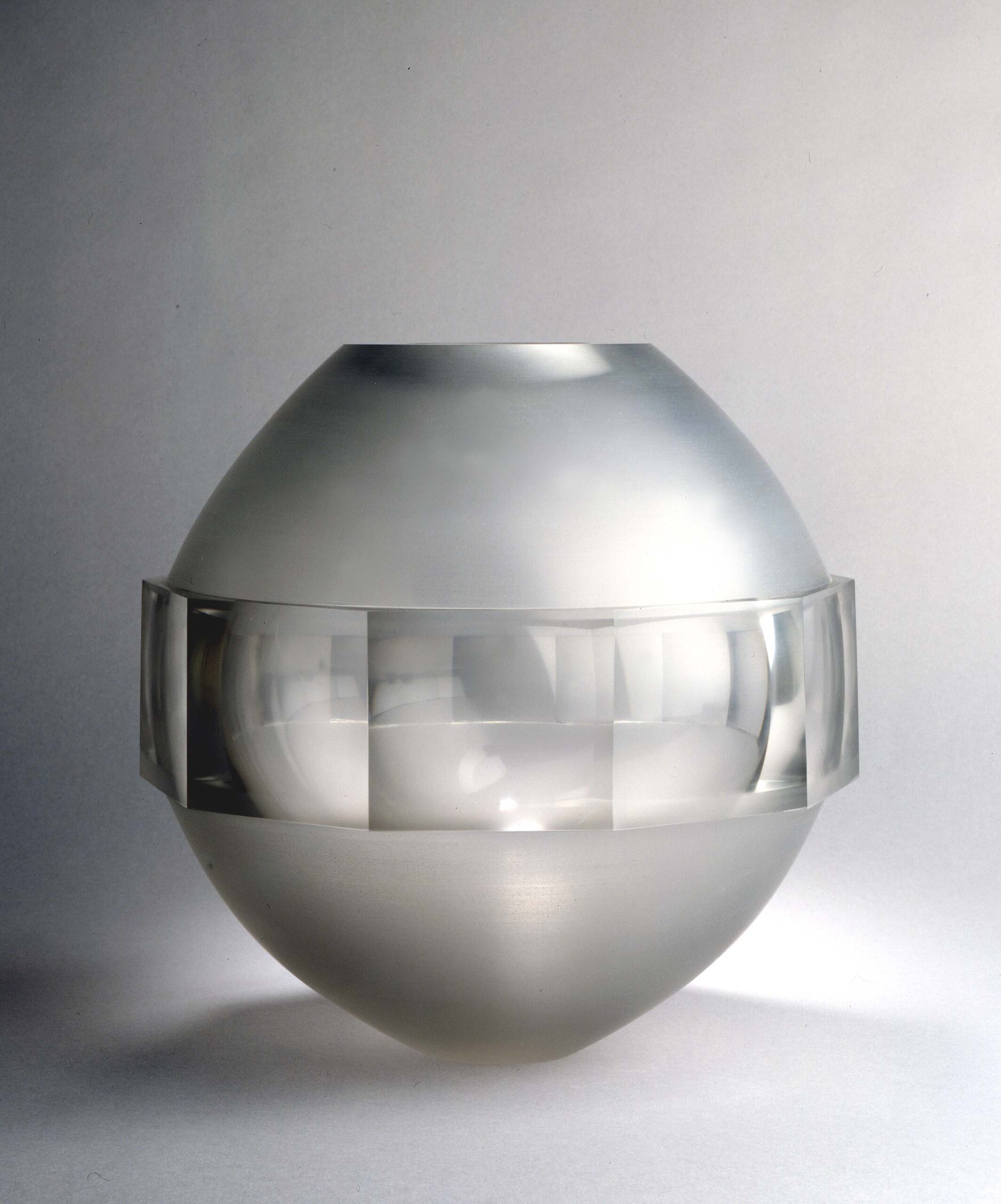
15.5 x 25 cm
Carved glass

Disappearance at Sea, 1996
Film, 16mm, projection, colour and sound
Courtesy Frith Street Gallery, London and Marian Goodman Gallery, New York/Paris
And it is a fascination with materials, and in particular their creative combination, that have been Dickinson’s hallmarks. I saw this throughout in her mid-career retrospective at the Ariana Museum in Geneva in 2015, which I reviewed for Crafts magazine (#256). In her early years she created blown glass vessels that she engraved with geometric lines and electroplated at the rims. These might hint at African basketry, or maybe an Art Deco sensibility, but everywhere was allusion and illusion in these present but unplaceable pieces. There was nothing fay or faint in her assured inventions. Nothing to compare.
Over time Dickinson moved to cast glass, moulded, cut and polished. Some works were given exquisite wood lids, others were lined with everything from steel to oxidised copper or plastics and more besides. I saw echoes of the tremendous minimalist sculptures of Donald Judd, who so magnificently combined plexiglass, aluminium and plywood in his works. These pieces will have been crafted at the lathe and laboured over at the polisher, but there is nothing crafty about them. As with Judd, these works speak of reflection, volume, containment. Like Judd’s work their moods shift with the ambient light. By now, these were still verging on vessel-hood, but at the brink. That has always been her talent; to always occupy an original space, where the object’s presence sits on its own terms: Anna spoke to me about her work as ¨humming¨, and that seems surely so.
Error. No content found for Slider
And so to now, to today, to Portal and beyond.
There are ten works here. As before, most are constructions of cast glass, not always but most often combined with other materials: aluminium, polypropylene, corian, steel, nylon, copper and more besides. So far so familiar, but there are significant changes here. Many of the circular works are faceted to their interiors, so their illuminated echo chambers resonate within rather than outside the forms. There is also an enlarged scale. The forms and playful combinations may be familiar but these have grown well beyond the domestic by which we might define an object as a vessel. What we have before us are unashamedly sculpture, set free.
A duo catch my attention. White Tubes 2022 are the first pairings I have seen by Dickinson, and they are all the better for their conversation. Each are translucent cast glass cylinders, infused with smoky veils. Both sit on milky polypropylene bases which also fill, to similar but not quite the same heights, the wells within. One though, had a wafer aluminium foundation, the other a narrow white powder coated aluminium inner rim. So these are twins, but not identical. Anna spoke to me a long time ago about her adventures in the making and there is a playfulness here, a testing or maybe teasing. I like that. Here we have an invitation for comparison within rather than between works.
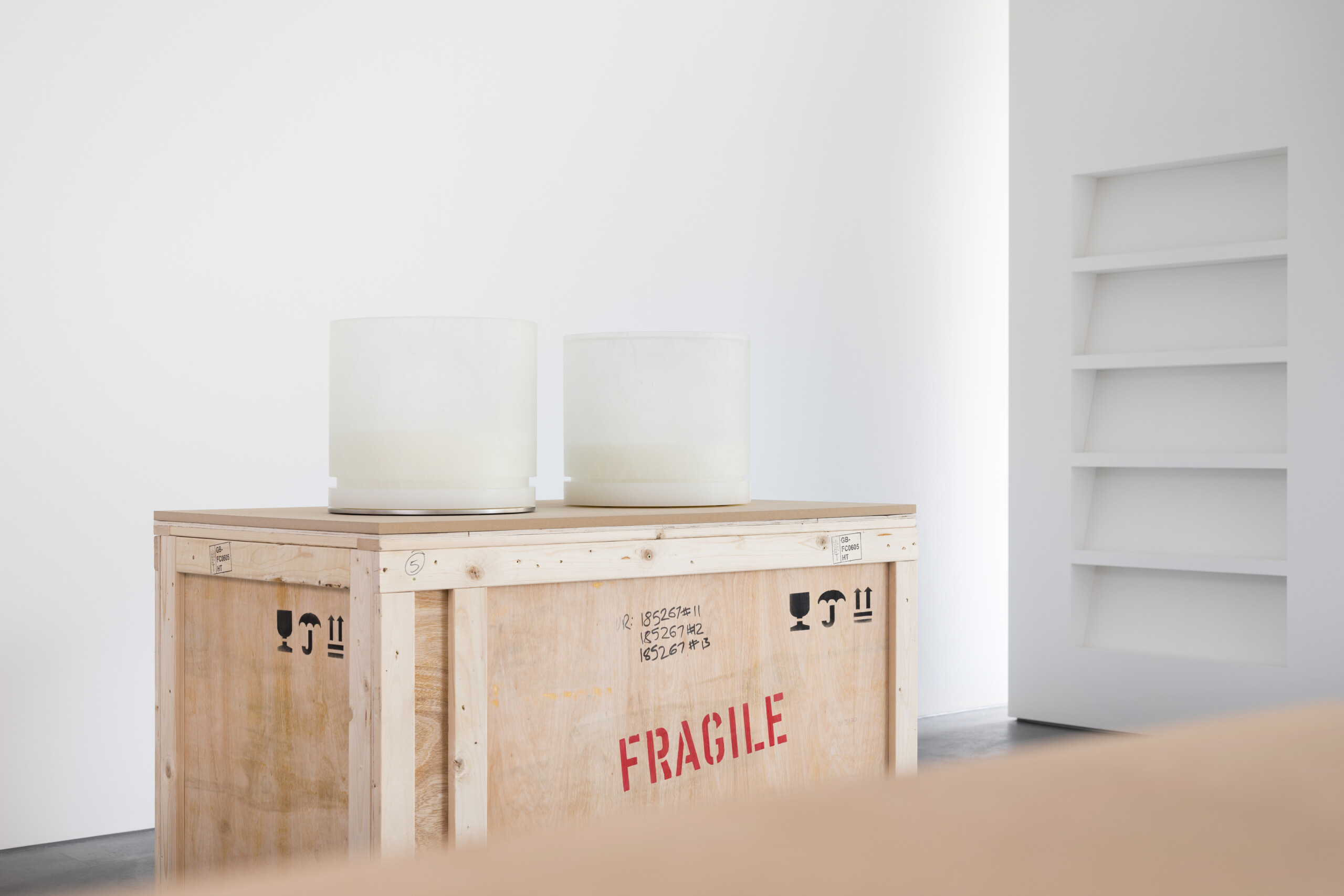
Cast glass, aluminium, polypropylene
Section A: 37 x 40 x 40 cm
Section B: 36 x 40 x 40 cm
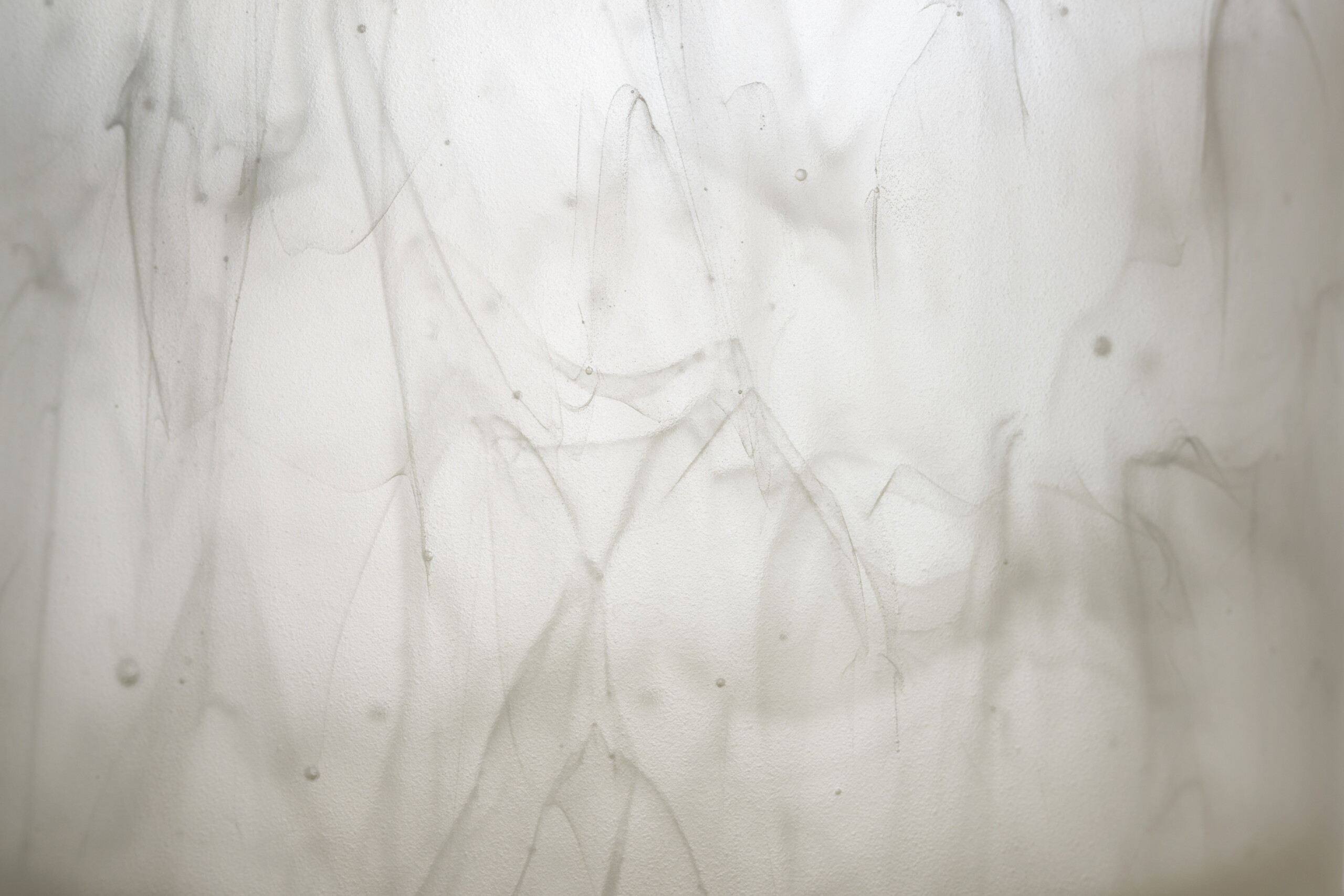
For the first time I see amongst Dickinson’s works two which do not include glass. There is a composition of two columns of steel, stainless and otherwise, copper and plastic which echo for me the constructivist maquette of the Tatlin and Malevich unrealised Russian revolutionary monument. Maybe that’s my whimsy but such is the generosity that her art allows.
The second and thoroughly striking metal work is a corrugated, sinuous, concertinaed and highly polished stainless steel piece. This is 316 Folded (Wall Hung) 2022. It is indeed, wall hung, head high to me, not big but very present, and I don’t remember how many pleats it has but it is entrancing and entertaining. It takes the same light which in the interior faceting of the glass vessels before me is ricocheted and contained within, and instead, almost glamorously, sparkles it all around.
We are, again, in the land of perpetual motion, the lighthouse beam. I think of Anish Kapoor’s polished stainless steel Sky Mirrors, where light and weather transcend their material to deliver dynamic shifts of light in real time. I have had to reach for cinematographic metaphors about Dickinson’s work before, but I see it here too.

Steel, stainless steel, copper, tape and polypropylene
53.5 x 34 x 50 cm
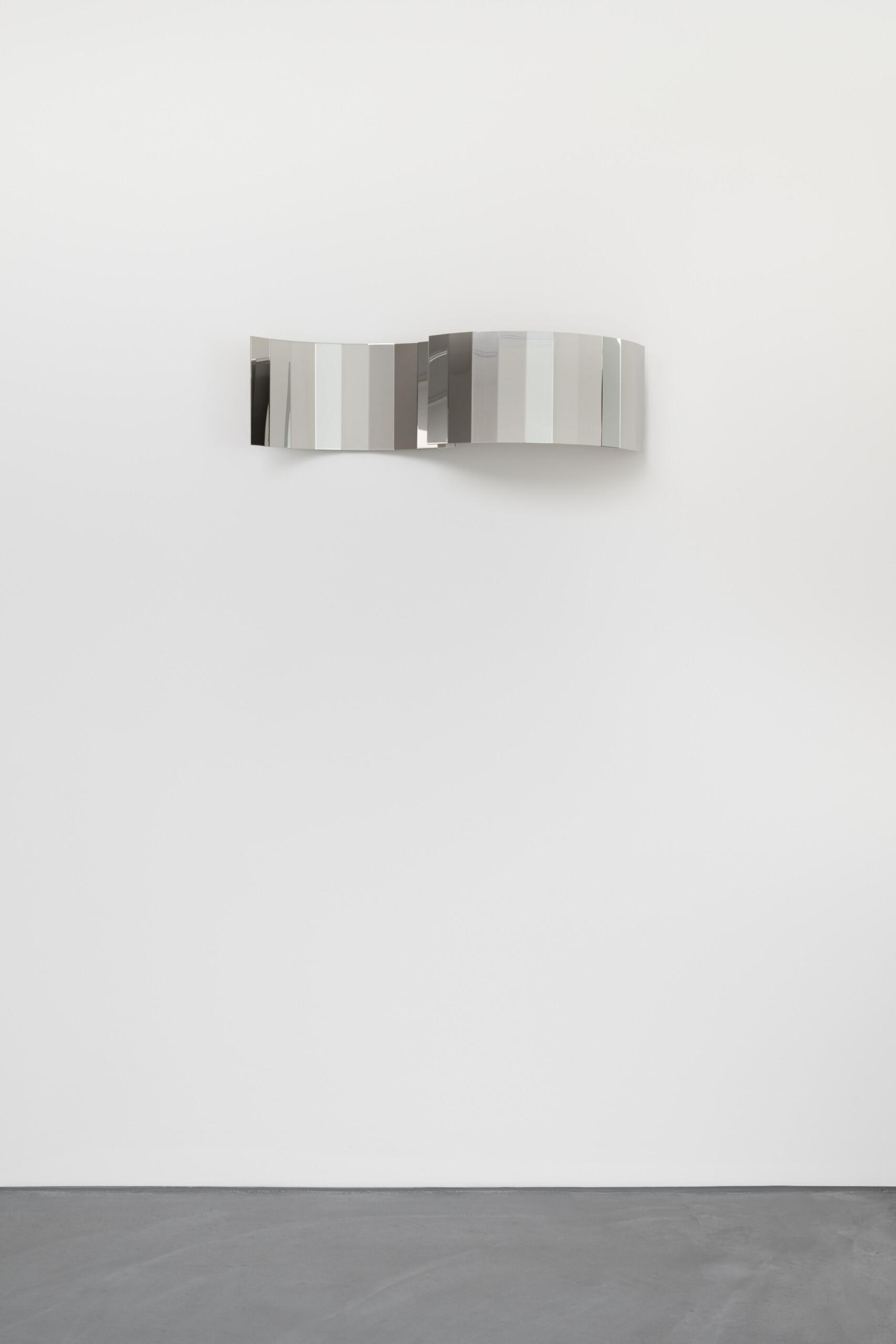
Polished stainless steel
21 x 70 cm
Ed. of 3 + AP

Sky Mirror, 2006
Photograph: Seong Kwon
Though all around the works merit attention, it is the floor piece of seven elements, Portal 2022, that is the bravura (and show title) piece. What we see is a sequence of scattered circular elements spread across the clean concrete lit by the store-front glass façade of the gallery. It is an extraordinary enterprise. If the unique works now sing rather than hum, and the duo are having a conversation, this complex work seems to me to be solving quadratic equations. Each element is coherent, self-contained, but this is assuredly a case where the sum of the parts is greater than the whole. I was intrigued by it so much that I had to visit again to see it at night.
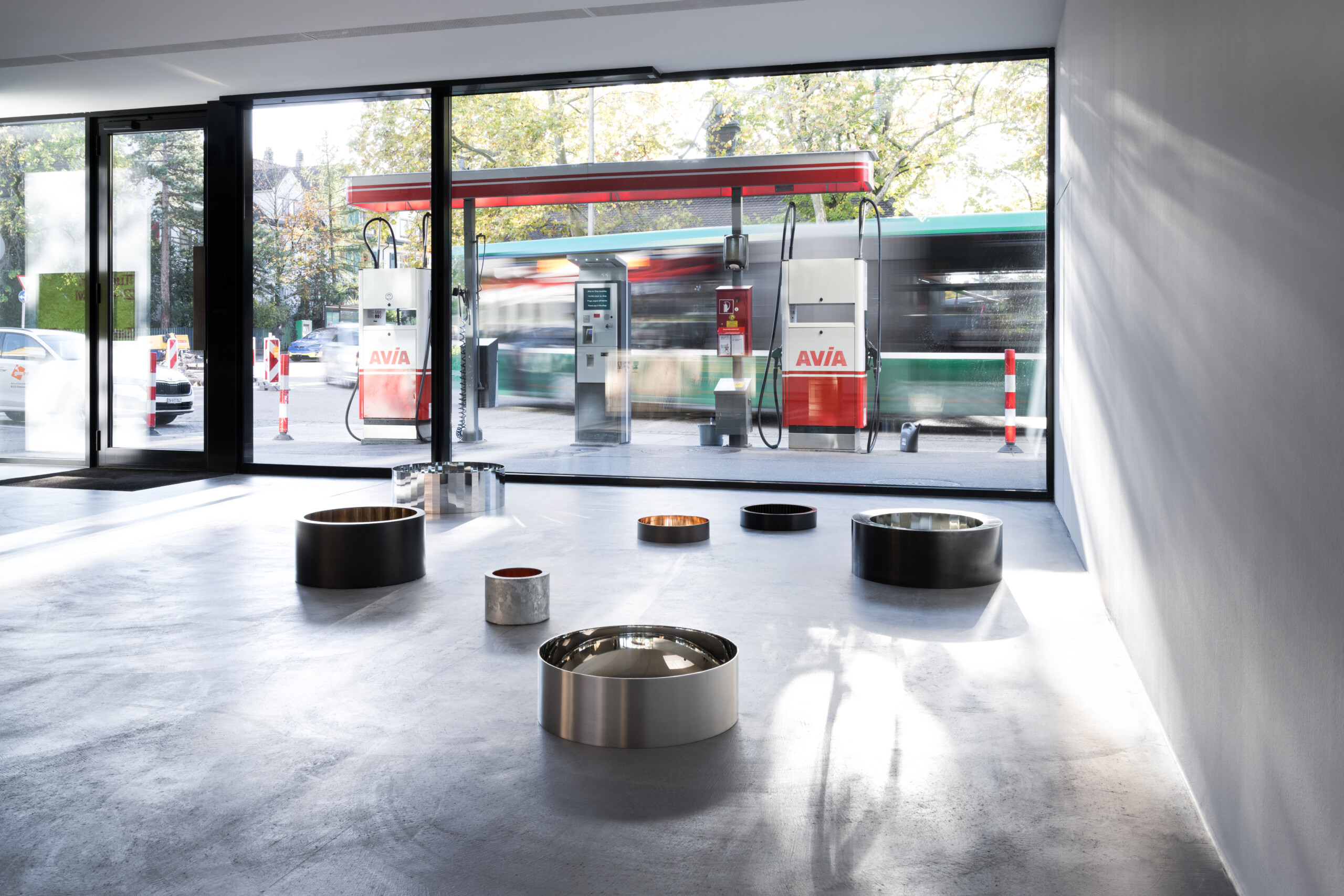
7 Elements
Exhibition view
So, first off, I sense a menagerie of attractions. At first each seems familiar, but no.
There is one copper element where fins intrude, like a colonnade, to the interior. Another smallish element beams warmth and fire like a furnace from its copper faceted bowels but is safely contained by a galvanised steel envelope with its tightly calming grey zinc snow-crystal encrusted surface.
Within the wells of these circular pieces, five have convex glass mirrors, another inventive departure, some with bubbled intrusions and others smooth. Looking in and down these ever receding and reflecting chasms, I am taken to the immense cast glass works of Roni Horn, a conceptual art world away but surely near neighbour, and so it seems to me now; Anna Dickinson is no longer a glassworker but a sculptor utterly in command of her light and her materials, and herself seemingly in perpetual motion too.
Error. No content found for Slider

